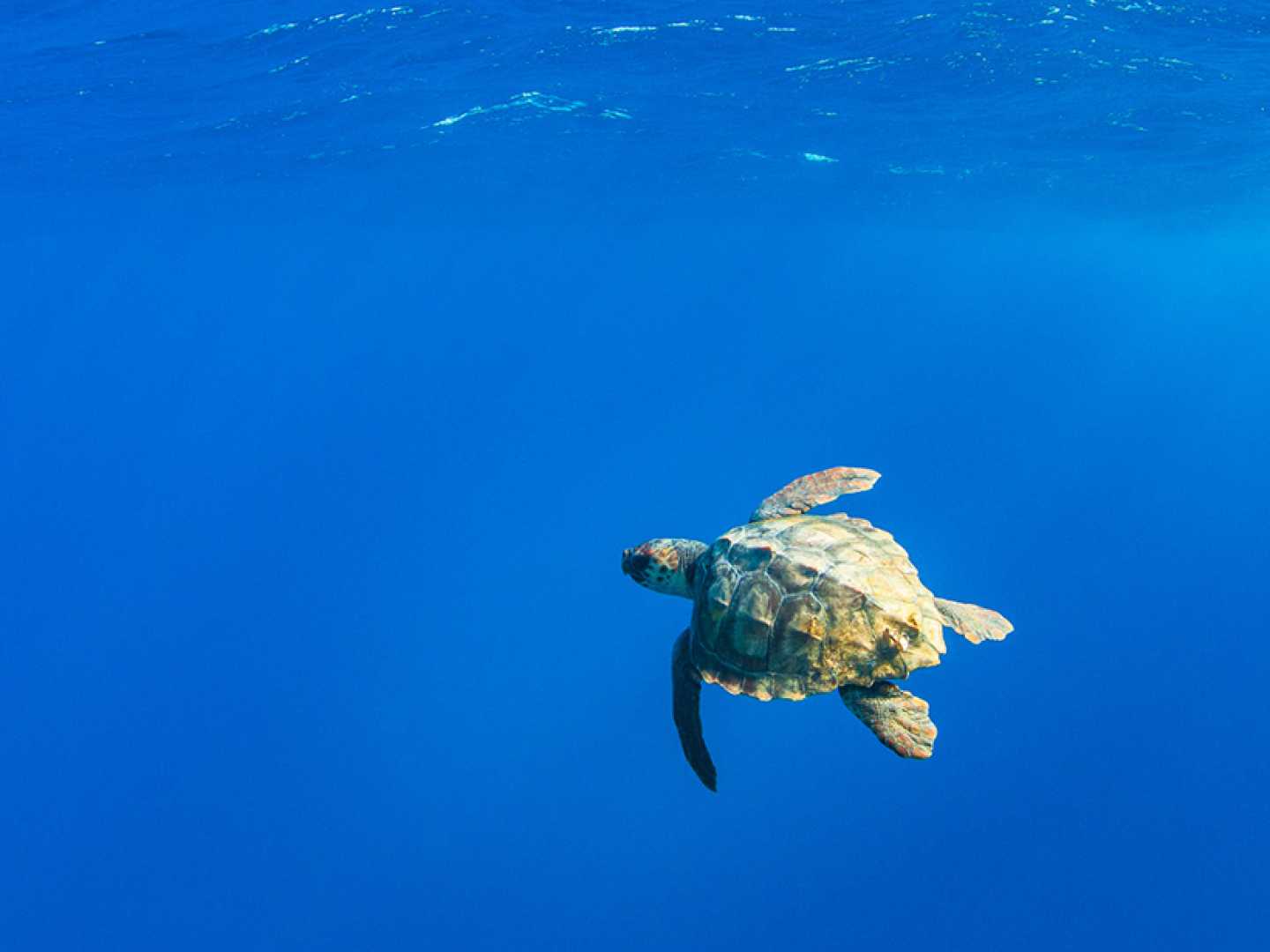Loggerhead Turtles Show They Can Learn Magnetic Signatures for Navigation

CHAPEL HILL, N.C. — Researchers at the University of North Carolina at Chapel Hill have discovered that loggerhead sea turtles possess the remarkable ability to learn and remember the magnetic signatures of different geographic areas. This new insight, published on February 12, 2025, in the journal Nature, helps explain how these ancient mariners navigate vast distances with pinpoint accuracy.
Lead author Kayla Goforth, a recent doctoral graduate from the College of Arts and Sciences, conducted the study to investigate how loggerhead turtles rely on the Earth’s magnetic field to locate feeding grounds. “Our study investigated for the first time whether a migratory animal can learn to recognize the magnetic signatures of different geographic areas,” Goforth stated. “This is the first empirical demonstration of that ability, filling an important gap in our knowledge.”
In a series of controlled experiments, the research team conditioned juvenile loggerhead turtles to associate specific magnetic field signatures with food rewards. When exposed to magnetic conditions replicating their feeding locations, the turtles exhibited a distinctive ‘turtle dance’ behavior, raising their heads and flapping their flippers in anticipation of food.
“When they get really excited, they stick their heads out; they slap their flippers wildly; they spin in place sometimes,” Goforth said, emphasizing the turtles’ learned response even when tested months later.
The findings reveal that sea turtles possess two distinct mechanisms for sensing magnetic fields. While the magnetic “map” sense allows them to pinpoint location, a separate magnetic “compass” sense helps them determine direction. These capabilities are crucial as the turtles traverse thousands of miles of ocean to return to specific feeding areas each year.
The research team, which included professor Kenneth Lohmann, also explored the effects of radiofrequency oscillating magnetic fields on the turtles’ navigation. Surprisingly, these fields disrupted the turtles’ compass sensing but had no effect on their ability to recognize learned magnetic locations. “It suggested there are two different mechanisms for the magnetic map and compass,” Goforth said. “And they might have evolved separately.”
Long regarded as biological marvels, loggerhead turtles migrate based on a combination of learned and inherent navigational cues. The new study enhances the scientific community’s understanding of the mechanisms behind animal navigation and reveals how turtles gather information throughout their lives. “Turtles appear to learn the magnetic signatures of favorable locations as they drift with ocean currents during their early ‘lost years,’” Goforth explained.
The implications of the study extend beyond mere curiosity. Insights gained from this research could inform conservation strategies aimed at protecting loggerhead turtles from human-made disruptions, such as power lines and infrastructure that interfere with their natural navigational cues.
“We’ve known for 20 years that sea turtles have magnetic maps and now, by showing that they can learn new locations, we have learned how the maps might be built and modified,” said Catherine Lohmann, a biology professor at UNC-Chapel Hill. “It is amazing that sea turtles have access to a wealth of invisible information that they use to navigate.”
As research progresses, the team plans to delve deeper into the complexities of how turtles integrate learned magnetic information into their navigational strategies. The study’s interdisciplinary approach highlights the importance of collaboration between fields in advancing scientific understanding.
